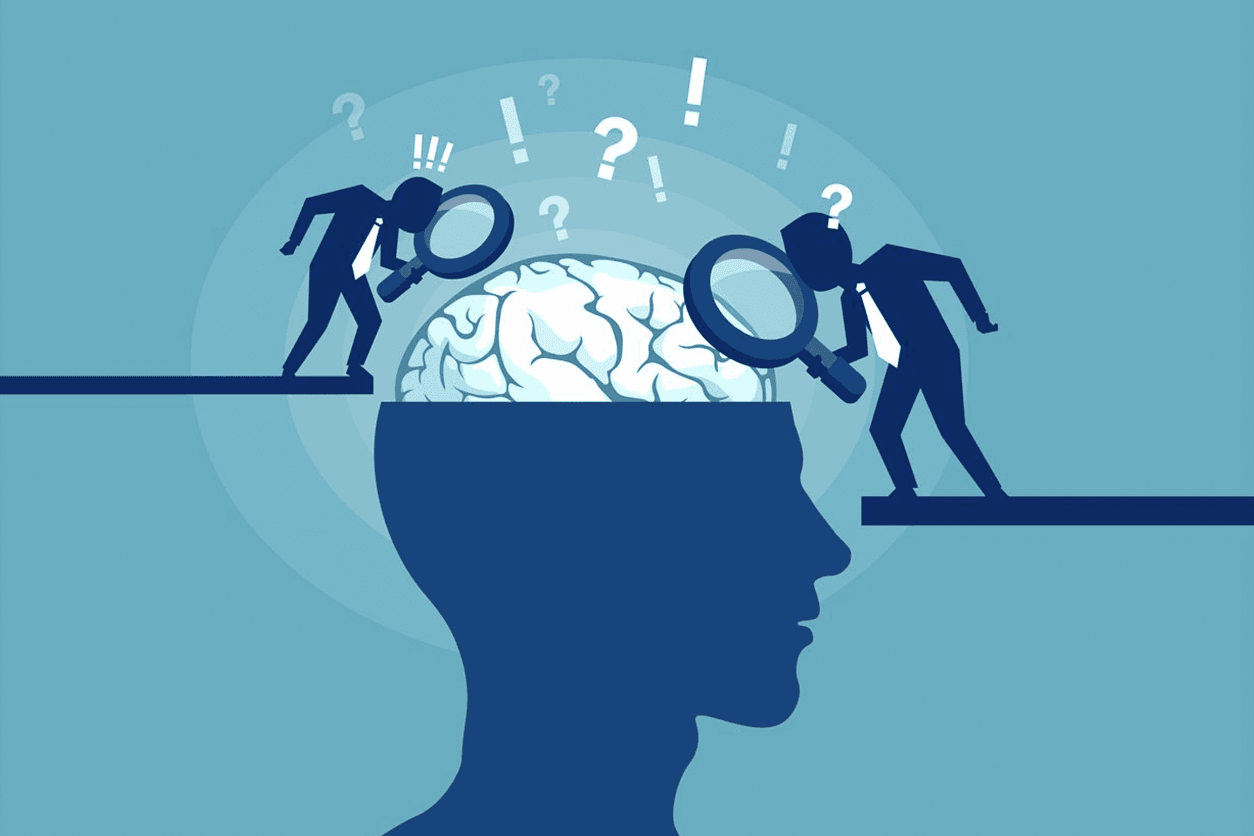The Science Behind Gamification

Gamification science has a huge role in the concept of gamifying processes and elements. Game-based learning is all about associating learning materials with "motivational chemicals" that are released in the brain through engaging activities such as games.
Endorphins
Endorphins are neurotransmitters released in your brain when you experience a feeling of satisfaction, success, or general accomplishment. The positive feeling you get after running or completing a task at hand is an example of endorphins at work.
A gamer can get a sense of accomplishment from the computer, just like when he completes a game. The greater the challenge, the greater the motivation, and the greater the reward when you reach the final hurdle. Thus gamification can help to boost user engagement and ensure user consistency.
Dopamine
Dopamine, along with endorphins, are pleasure hormones released in the prefrontal cortex when we experience a pleasure. This can be due to many activities, but in relation to gamers, a 2005 study found that when a gamer played video games, his level of dopamine doubled. rice field. This means that the gameplay has the power to become chemically addictive. Add a little education and training and he'll be one lucky learner!
Serotonin
Like dopamine, serotonin is a neurotransmitter that influences mental health. Adequate intake is important as it affects the ability to learn. Playing games releases serotonin.
Cortisol
Cortisol is a stress hormone. Cortisol was originally thought to have been developed to help you get out of dangerous situations, but overproduction of cortisol can backfire and even put you in danger.
Play can help reduce cortisol-related emotions such as cognitive fatigue, frustration, and anxiety. felt more energetic and generally felt better.

